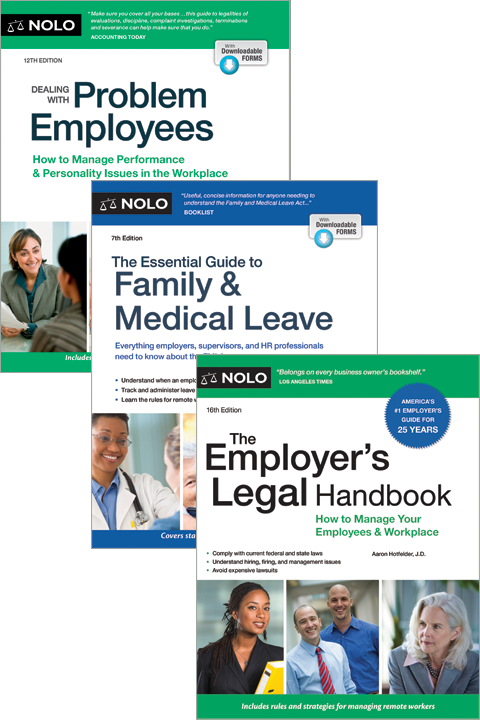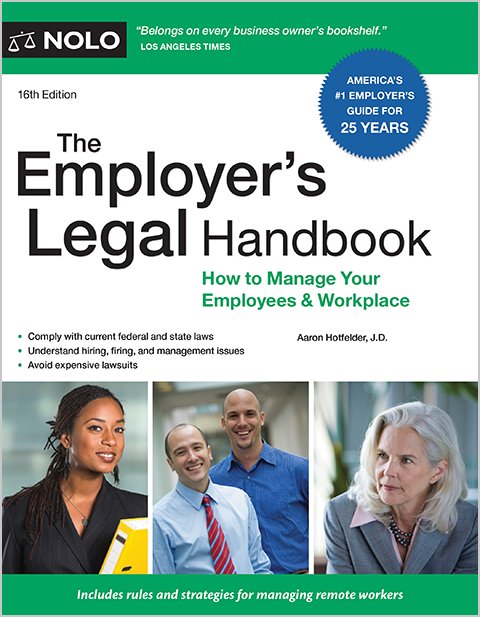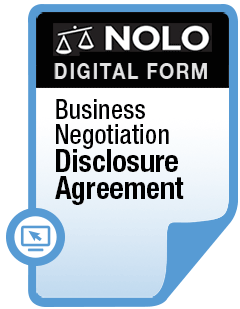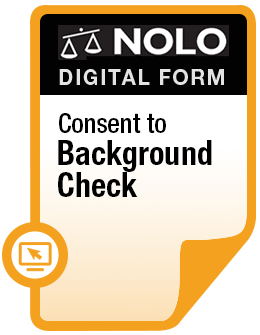A recent Supreme Court decision prohibits sexual orientation discrimination and harassment in the workplace.
Sexual orientation discrimination includes being treated differently or harassed because of your real or perceived sexual orientation—whether gay, lesbian, bisexual, or heterosexual.
This type of discrimination is illegal in public and private workplaces in the United States as a result of a 2020 Supreme Court decision, Bostock v. Clayton County, Georgia. That decision also outlawed workplace discrimination on the basis of gender identity.
Sexual Orientation Discrimination: An Overview
An employer discriminates based on sexual orientation when it considers an employee's sexual orientation in making employment decisions. For example, it is discriminatory for an employer to refuse to hire gay or lesbian employees, fire a gay employee for marrying his same-sex partner, or segregate openly gay employees from positions that require customer contact.
It would also be discriminatory for an employer to take action against heterosexual employees because of their sexual orientation. A bar or restaurant that serves a largely gay clientele could not refuse to hire straight employees as bartenders or waiters, for instance.
Harassment
Workplace harassment is a form of discrimination. Harassment is offensive and unwelcome conduct based on a protected trait, and it comes in two forms:
- Quid pro quo harassment. This occurs when an employee must put up with the offensive conduct as a condition of getting or keeping a job. For example, if an employee's manager hits on him, asks him out, and touches him inappropriately, then says that he will lose his job if he doesn't acquiesce, that is a form of harassment.
- Hostile work environment harassment. This happens when the unwelcome conduct is so severe or pervasive that it creates an abusive or intimidating work environment. If a group of coworkers constantly tease and belittle a lesbian employee, calling her names and referring to her sexuality and relationships in derogatory terms, for example, that would create a hostile work environment.
Landmark Supreme Court Ruling on Sexual Orientation Discrimination
In June 2020, the U.S. Supreme Court issued an historic decision for LGBTQ rights in Bostock v. Clayton County, Georgia (590 U.S. 644). The Supreme Court held by a 6-3 margin that workplace discrimination based on sexual orientation or transgender status violates Title VII of the Civil Rights Act of 1964, which prohibits sex-based discrimination.
The case involved three individuals who alleged they were fired because they were gay or transgender. Writing for the majority, Justice Neal Gorsuch argued that "it is impossible to discriminate against a person for being homosexual or transgender without discriminating
against that individual based on sex." He wrote:
An employer who fires an individual for being homosexual or transgender fires that person for traits or actions it would not have questioned in members of a different sex. Sex plays a necessary and undisguisable role in the decision, exactly what Title VII forbids.
Justice Gorsuch conceded that the drafters of Title VII might not have anticipated the ban on sex discrimination applying to sexual orientation or gender identity. Nevertheless, he wrote that "the limits of the drafters' imagination supply no reason to ignore the law's demands."
The landmark decision means that public and private employers nationwide are prohibited from firing or otherwise discriminating against workers on the basis of sexual orientation or gender identity in every aspect of employment—including hiring, training, promotion, compensation, discipline, and termination.
Harassment on the basis of sexual orientation and gender identity is also prohibited. As mentioned above, harassment is any conduct motivated by a protected category (such as sexual orientation) that creates an intimidating, hostile, or offensive work environment. Harassing conduct might include homophobic slurs or jokes, or physical acts—for example, posting an offensive picture in an employee's workspace.
To qualify as unlawful harassment, the conduct must be unwelcome and sufficiently severe or pervasive to change the workplace environment. If the conduct is particularly egregious, a single incident might be enough to constitute harassment, but in most cases a pattern of behavior is required.
The Law Before Bostock
Prior to the Bostock decision in June 2020, about half the states had already outlawed workplace discrimination based on sexual orientation or gender identity.
The federal Equal Employment Opportunity Commission (EEOC)—the agency that enforces federal antidiscrimination laws—had taken the position that sexual orientation discrimination was unlawful sex discrimination under Title VII. Meanwhile, the U.S. Department of Justice had taken the opposite stance. And federal courts were split on the issue, which is why the case ended up at the nation's highest court.
How to Enforce Your Rights
If you believe you are being discriminated against because of your sexual orientation, your first step should be to talk to an experienced employment lawyer. A lawyer can tell you whether you have a strong legal claim against your employer and help you come up with the best strategy to protect yourself.
Don't delay: If you decide to take legal action against your employer, you will likely have to first file a charge of discrimination with the EEOC or your state fair employment practices agency. This is a prerequisite to filing a lawsuit under Title VII; many states have the same requirement. The deadlines can be tight for filing a charge: You may have as few as 180 days after the discrimination or harassment took place. A lawyer can help you sort through the facts, decide how to proceed, and present your case in the strongest light.
Talk to a Lawyer
Need a lawyer? Start here.
How it Works
- Briefly tell us about your case
- Provide your contact information
- Choose attorneys to contact you
- Briefly tell us about your case
- Provide your contact information
- Choose attorneys to contact you



